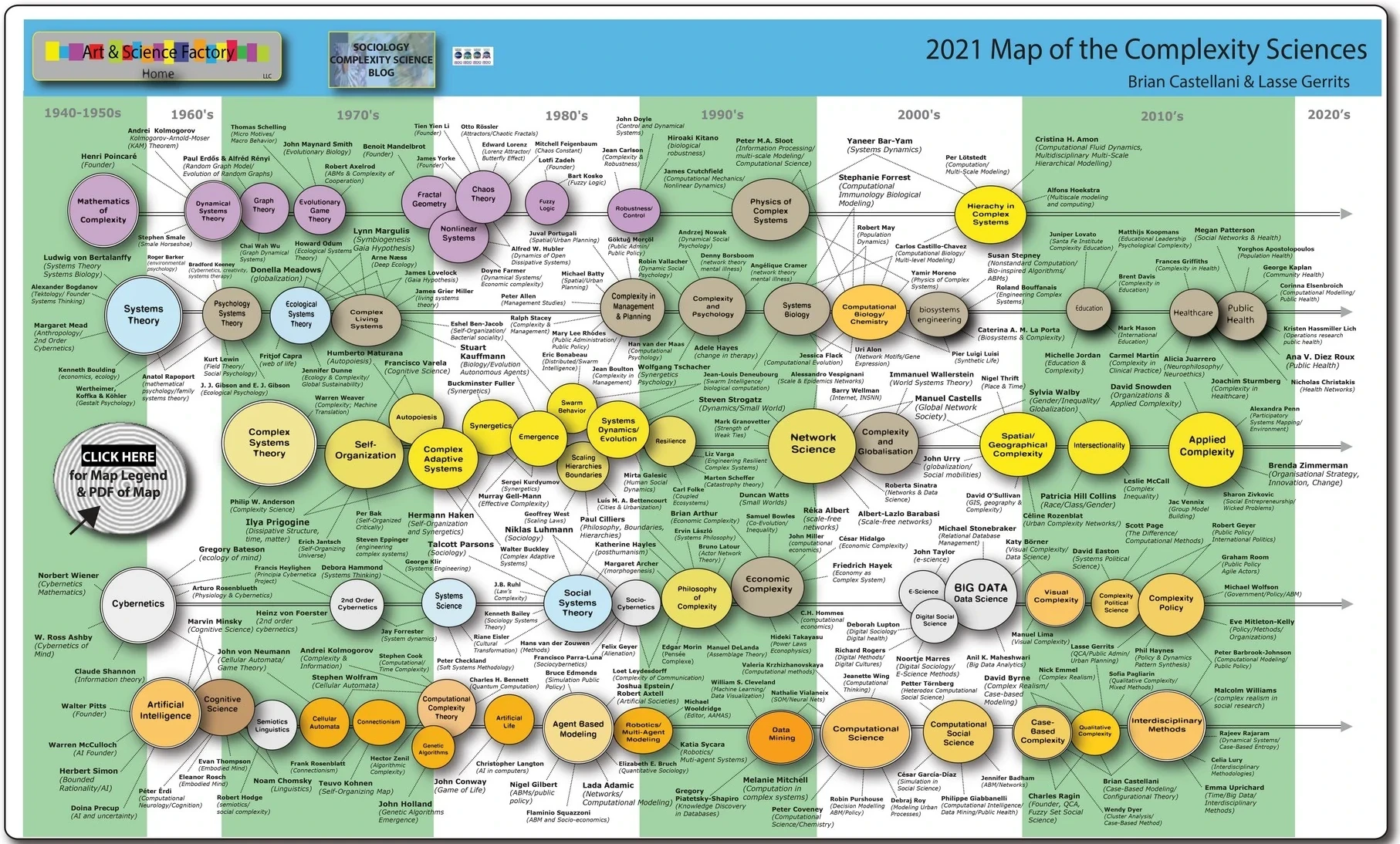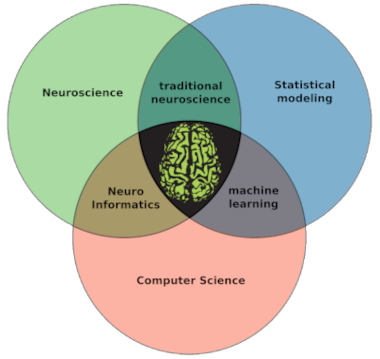Statistics, relation to Data Science
Oct 11th 2022
I found this excellent parallel between Statistics and Data Science!
Hypothesis driven vs Exploratory...
Professor Aaron J Newman Quote, from NESC 3505 Neural Data Science, Dalhousie University:
"Is data science just a trendy name for statistics? While data science and statistics are overlapping fields, statistics is generally focused on the specific task of testing hypotheses based on data. Data science more broadly includes the storage, manipulation, visualization, filtering, and preparation of data that is typically required prior to statistical analysis. Data science does also encompass statistics, as well as machine learning; whereas statistics generally involves deriving conclusions from existing data, machine learning involves making predictions from a data set that will generalize to other data. ........ Data science includes practices that are more exploratory. In experimentally-oriented disciplines such as psychology and neuroscience, statistics are a natural approach to deriving meaning from data. This is because data typically come from experiments, in which the research systematically and intentionally manipulated certain variables. A good experiment is hypothesis-driven, meaning that the researcher has predictions in advance as to how the data will systematically vary with the experimental manipulations. These predictions are usually based on past experimental findings, or models of the process being studied. Statistics are fundamentally embedded in data science — and indeed, the concept of “data science” as a discipline emerged from the field of statistics — but data science can be thought of as a larger set of practices the includes statistics, machine learning, data cleaning and transformations, and visualization. Many of these approaches are more exploratory than hypothesis-driven. That is, rather than looking for a specific, predicted pattern, the data scientist explores the data to find systematic patterns that may emerge from the data. For instance, researchers using techniques like fMRI have attempted to “decode” specific patterns of brain activity, such as what picture a person is viewing. These lines of research explore a variety of ways to transform the data, and a variety of machine learning approaches to make predictions about what the person is seeing. The goal is to identify the data processing pipeline that makes the most accurate predictions"
(Creative Commons Licensed) Online Course: Data Science for Psychology and Neuroscience — in Python
Now, in order to prepare us to the "NEURO" prefix, let's remember the Brainhack Montreal diagram:
In short, meaning that data come from the Brain, but the methodologies used to study this complex living organ, derive from the intersection between Neuroscience, Statistical Modeling and Computer Science.
The diagram shows Machine Learning, it seems to me that Neuro Data Science is at the center, where the brain is depicted.
Not exhaustively listed, other strands are to consider are: Pyscology "Cognitive Science", Logic and Philosophy "Neuro-epistemology", Graph theory "Neuro-Network Science", and finally, a branch of an entire family of sciences: Complex Systems Theory "Neuro-Emergence".
The map to Complexity Sciences

Download pdf Reference:Castellani, B and Gerrits, L (2021). Map of the complexity sciences. Art and Science Factory, LLC
Visit the Sociology and Complexity Science Blog
